Rajiv Saini's Uttar Pradesh house celebrates family life
Rajiv Saini's Uttar Pradesh house in the village of Dhampur balances local bricks, nature and an industrial context to create a warm family home in India
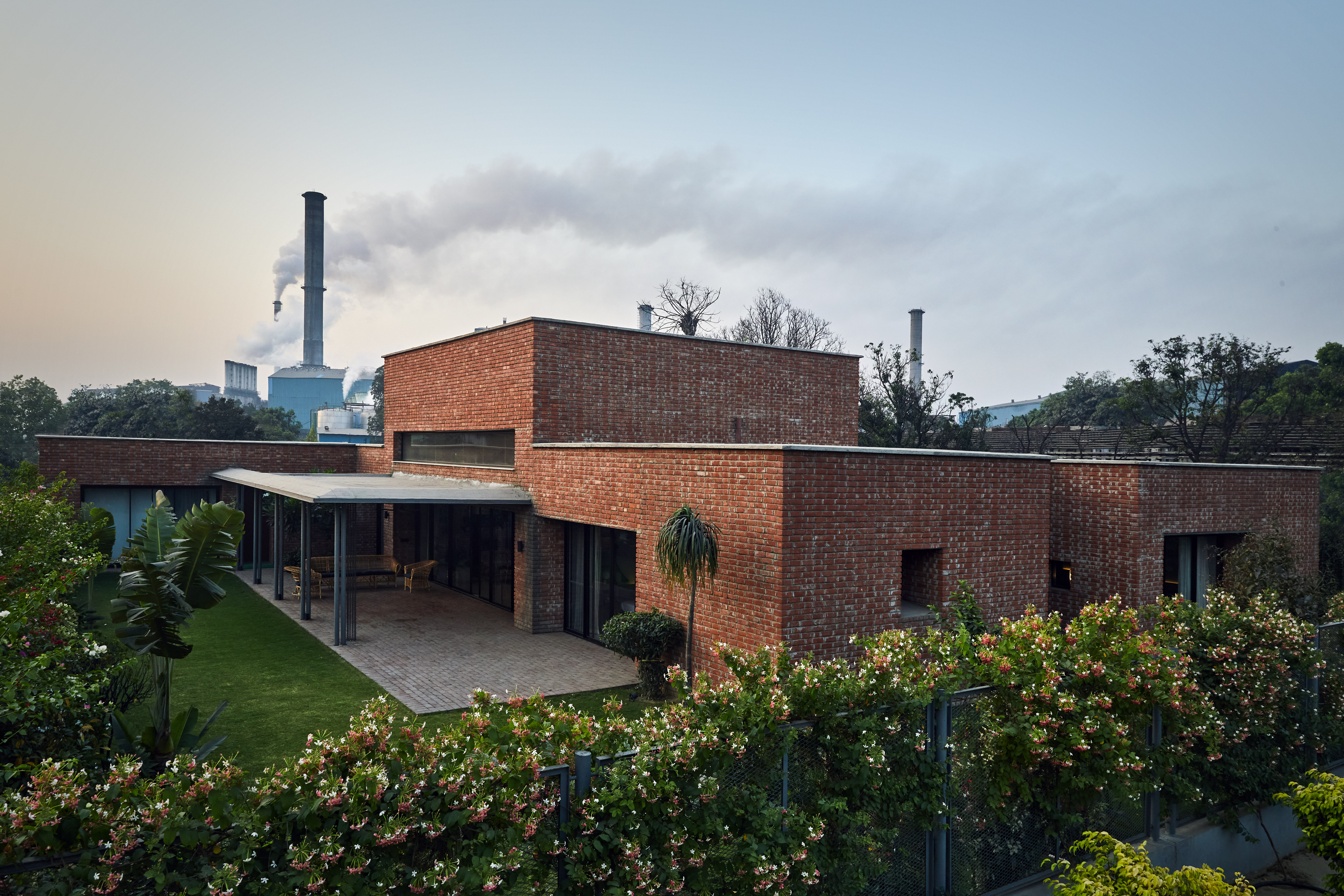
Ashish Sahi - Photography
In almost any business, a returning customer is a sign of things going well; so when one of Indian interior architect and designer Raijv Saini's clients came back not for a second, or even a third, but for a fourth commission, it really leaves no doubt as to the success of his designs. This house in the small town of Dhampur, in the Indian state of Uttar Pradesh, is indeed the latest in a series of projects for the same family – following their primary residence in Delhi about a decade ago, and holiday homes in Goa, and the hills of Dehradun. The new property, like the others, is an entirely bespoke creation, designed to fit the circumstances and way of life of the clients – a pair of empty nesters who want to spend as much time as they can near their sugar factory.
‘The brief for the house was clear from the start – it ought to look like it belonged to the place on the factory premises, one among the many homes of the managers and workers employed at the factory,' says Mumbai-based Saini. The site is within the factory's campus, where one of the clients has been running a school for the last 15 years for the workers' children. One of the reasons behind this project was for the clients to be locally based so they can be able to be more engaged with social work and the community there.
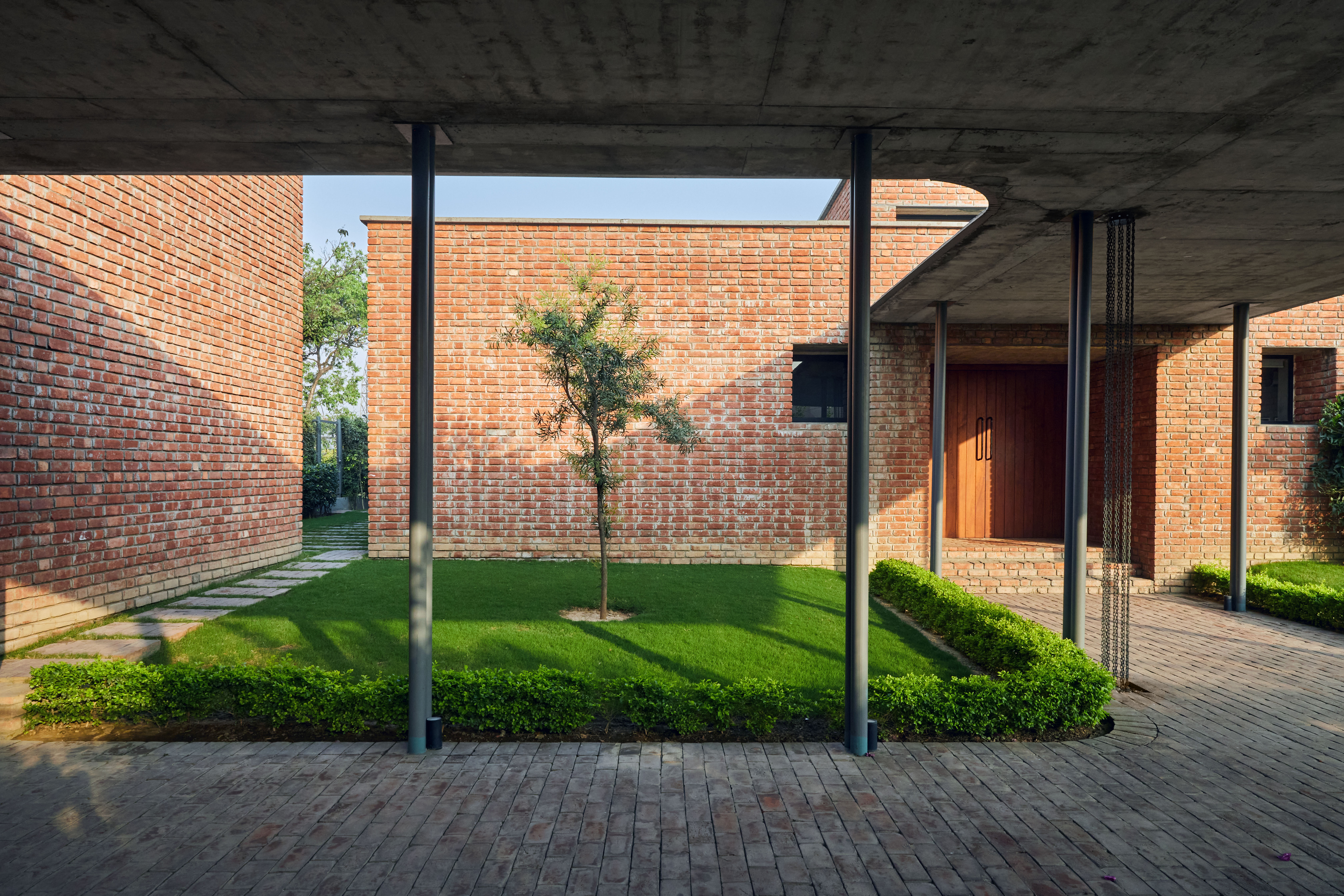
Working with brick blocks, the dominant method of construction locally, Saini and his team created a low, five-bedroom home, which was built by labourers from the local village, in bricks made at the local kiln. Concrete complements the construction where needed, while inside there is a pale grey, fine terrazzo floor, walls in grey stucco, and ceiling in timber. All bathrooms have Carrara marble cladding, and timber floors and furniture – making for a rich and tactile constellation of surfaces that also has a toughness to it, so that it feels at home in its setting, which blends nature and an industrial character.
A large family room, with high ceilings that reach an impressive 7m tall, spills out onto a verranda and is at the heart of the home. Cleverly placed windows – including floor-to-ceiling and clerestory windows, as well as punctured openings – bring light into the other rooms and the corridor that forms the main circulation axis.
‘It’s a house the couple want to grow old in, with frequent visits from their daughters, who are currently spread across three continents,' says Saini. ‘As they settle into their new home, we’re already talking about yet another holiday home for the family, located somewhere in the Himalayan peaks!'
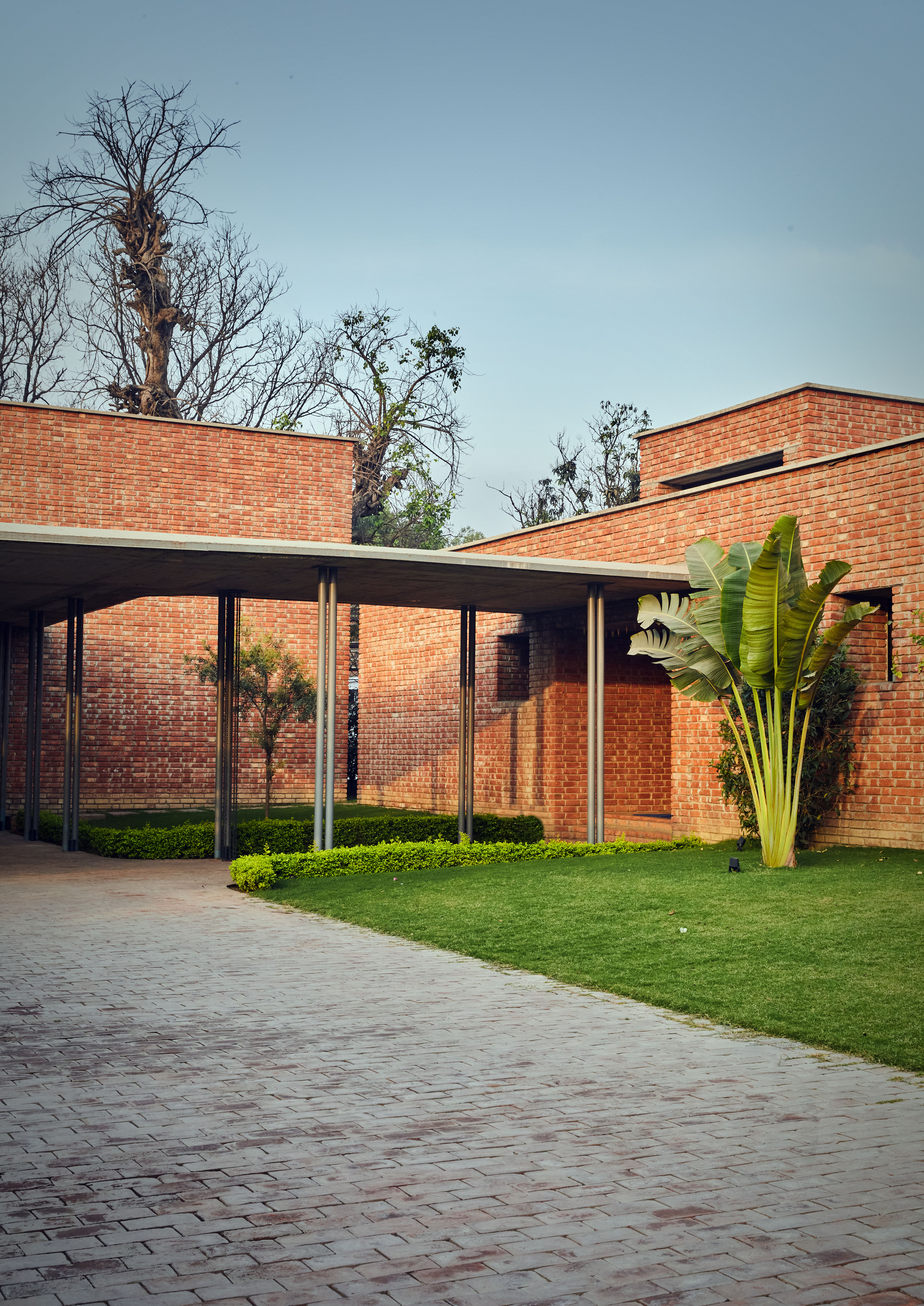
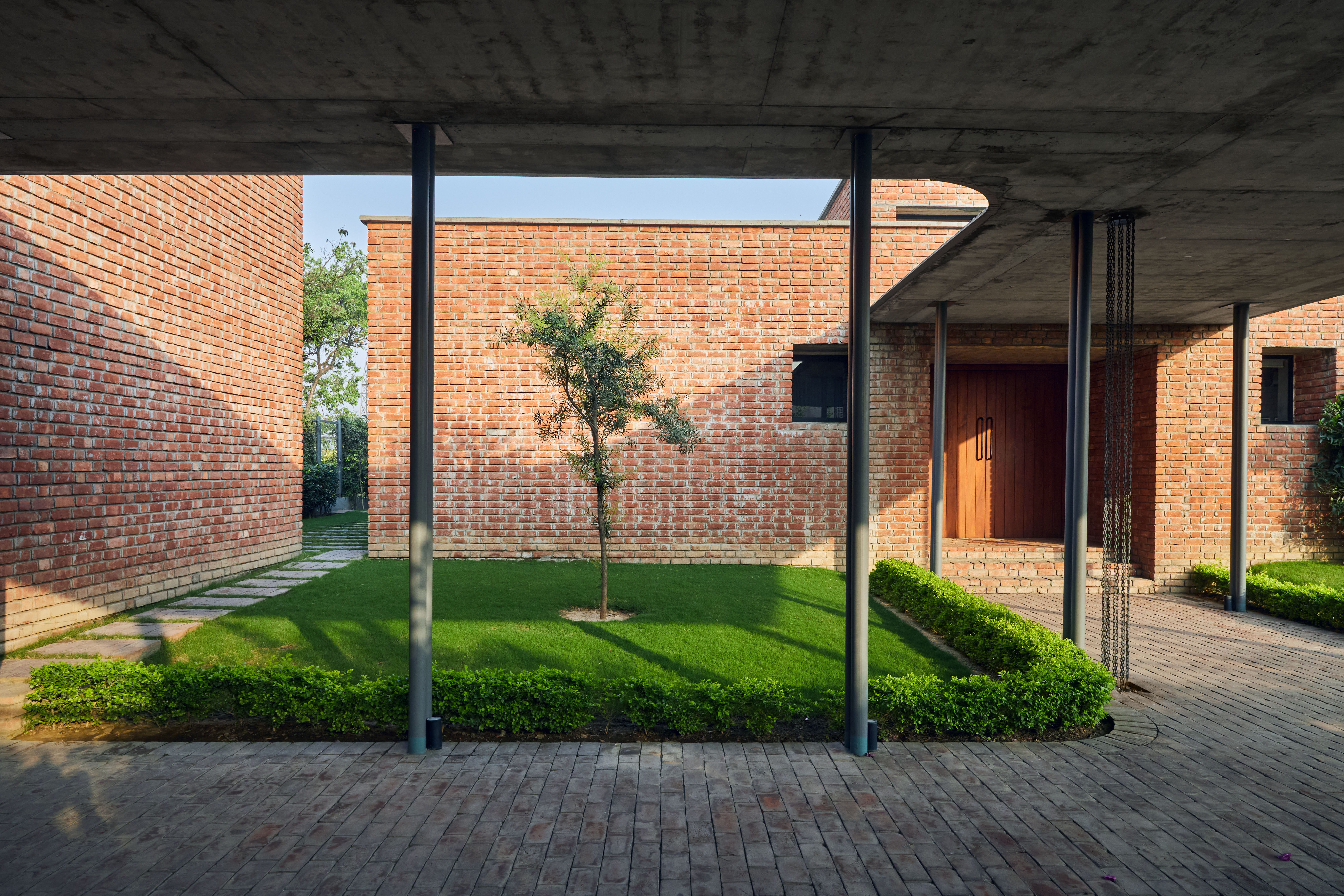
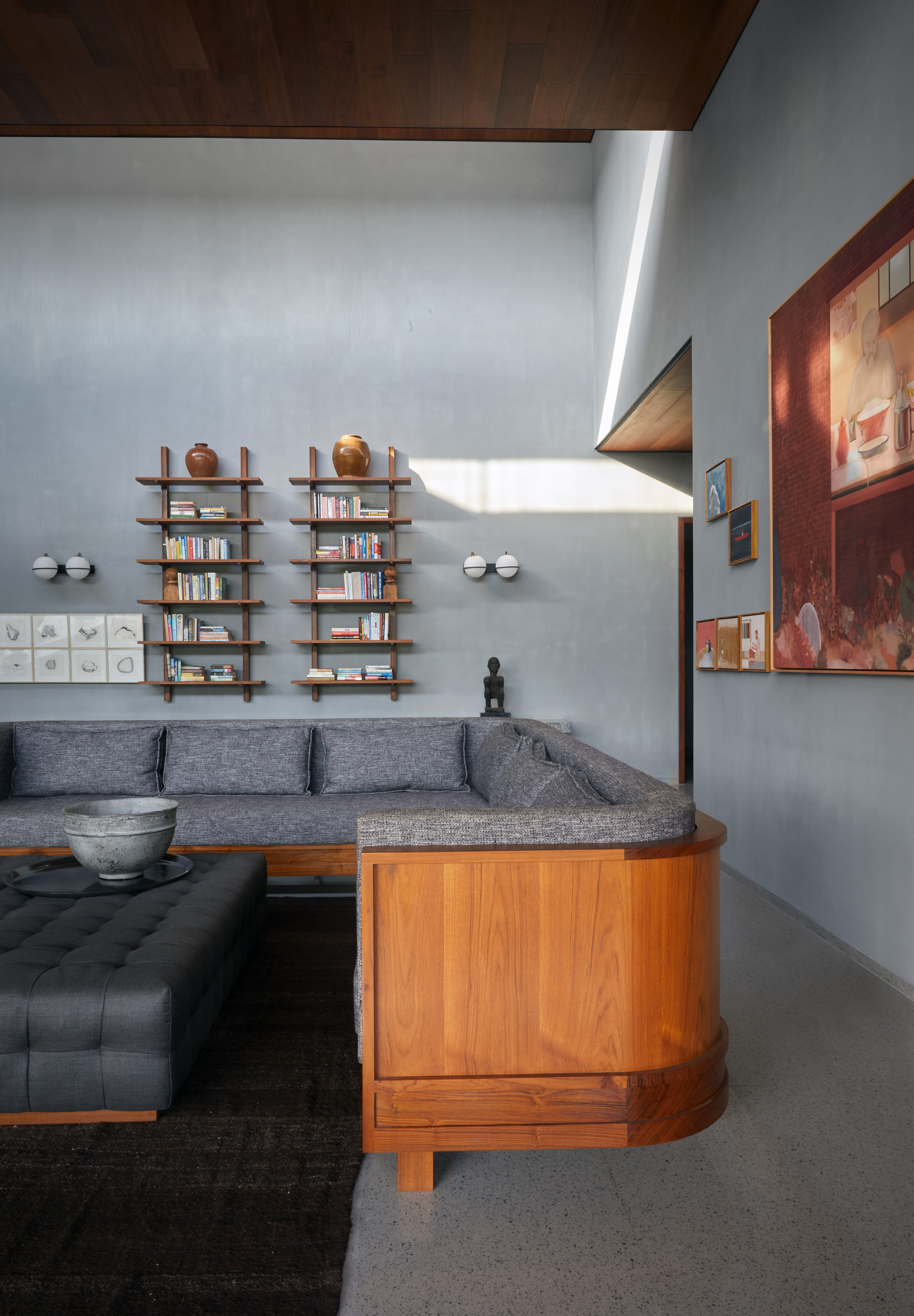
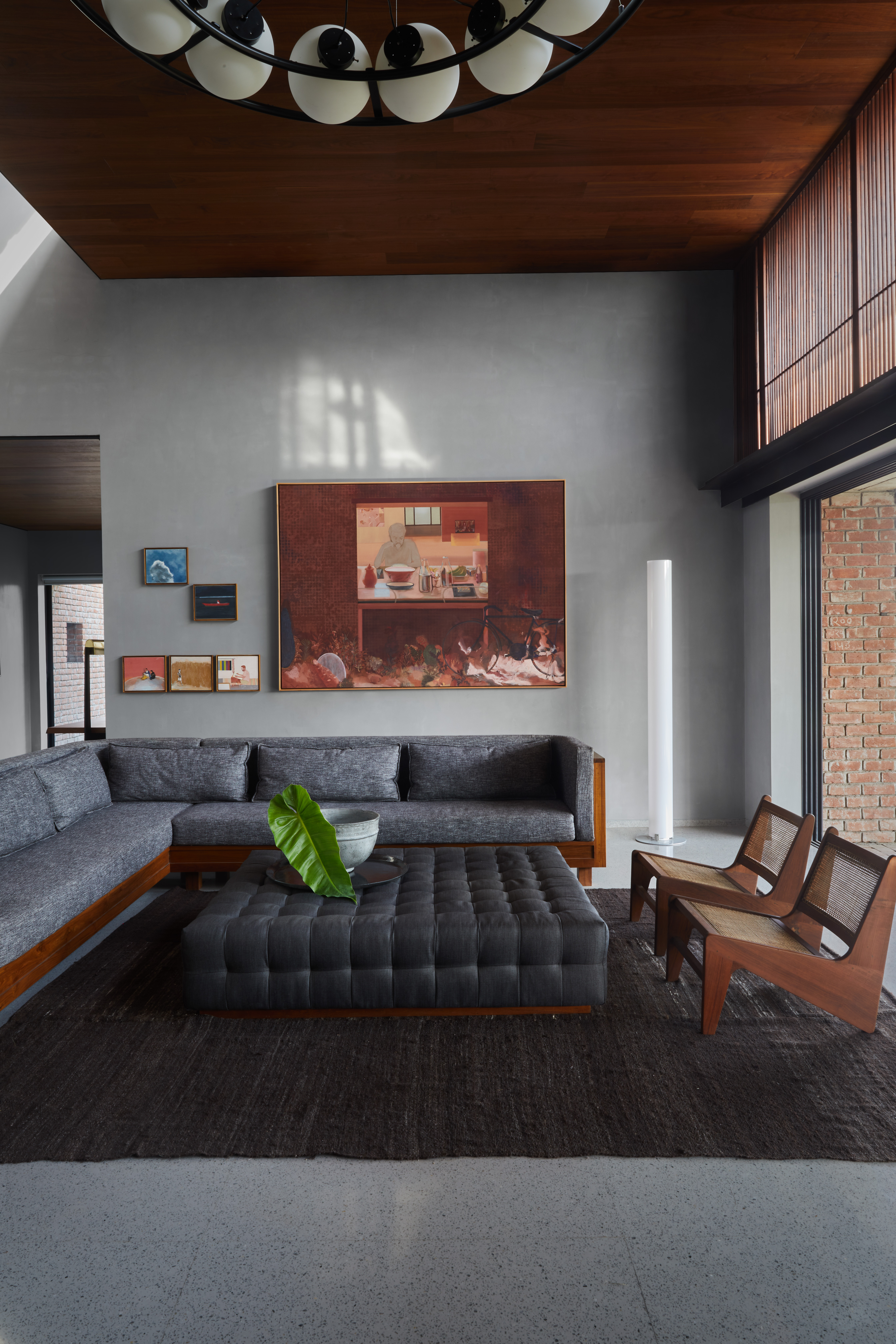
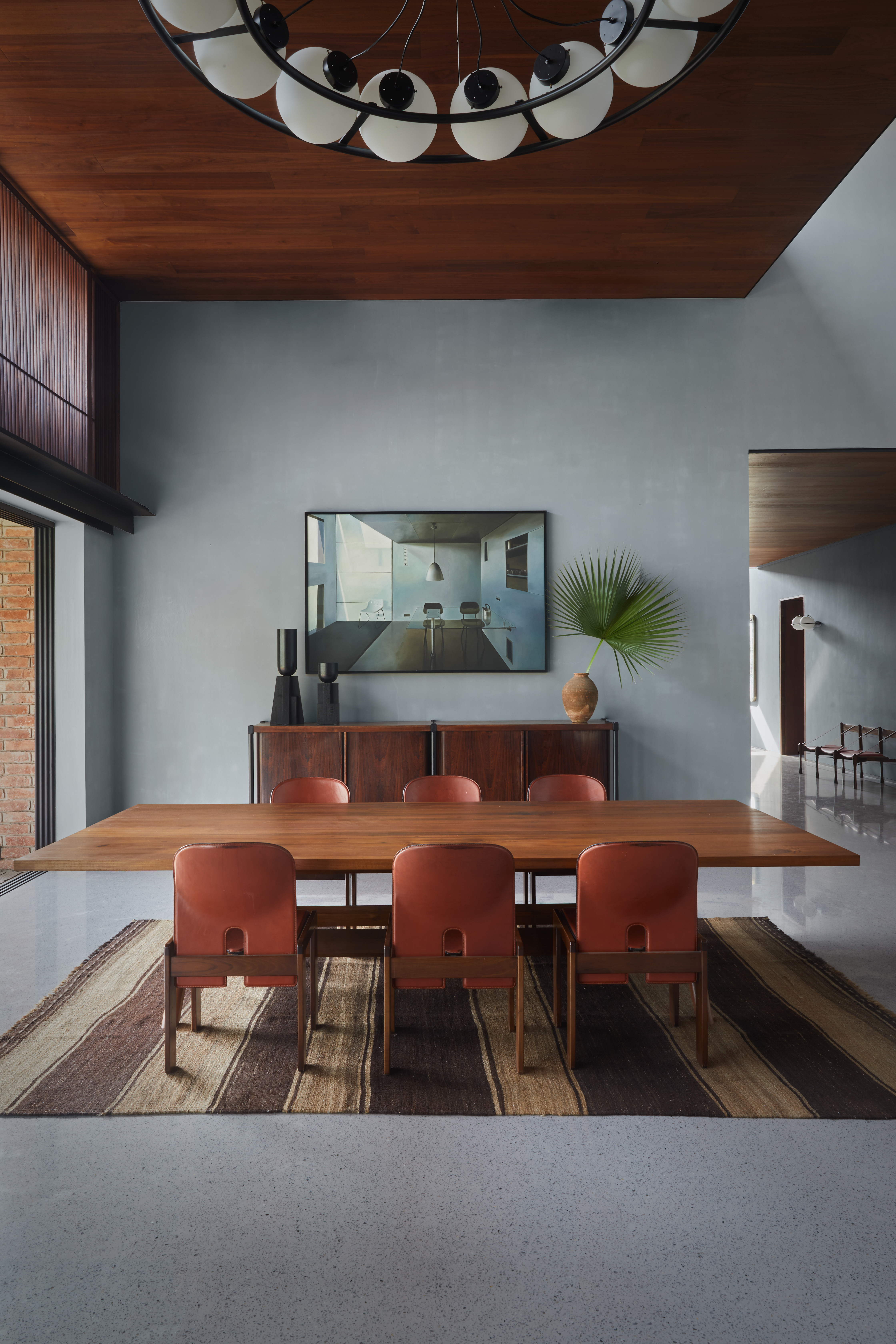
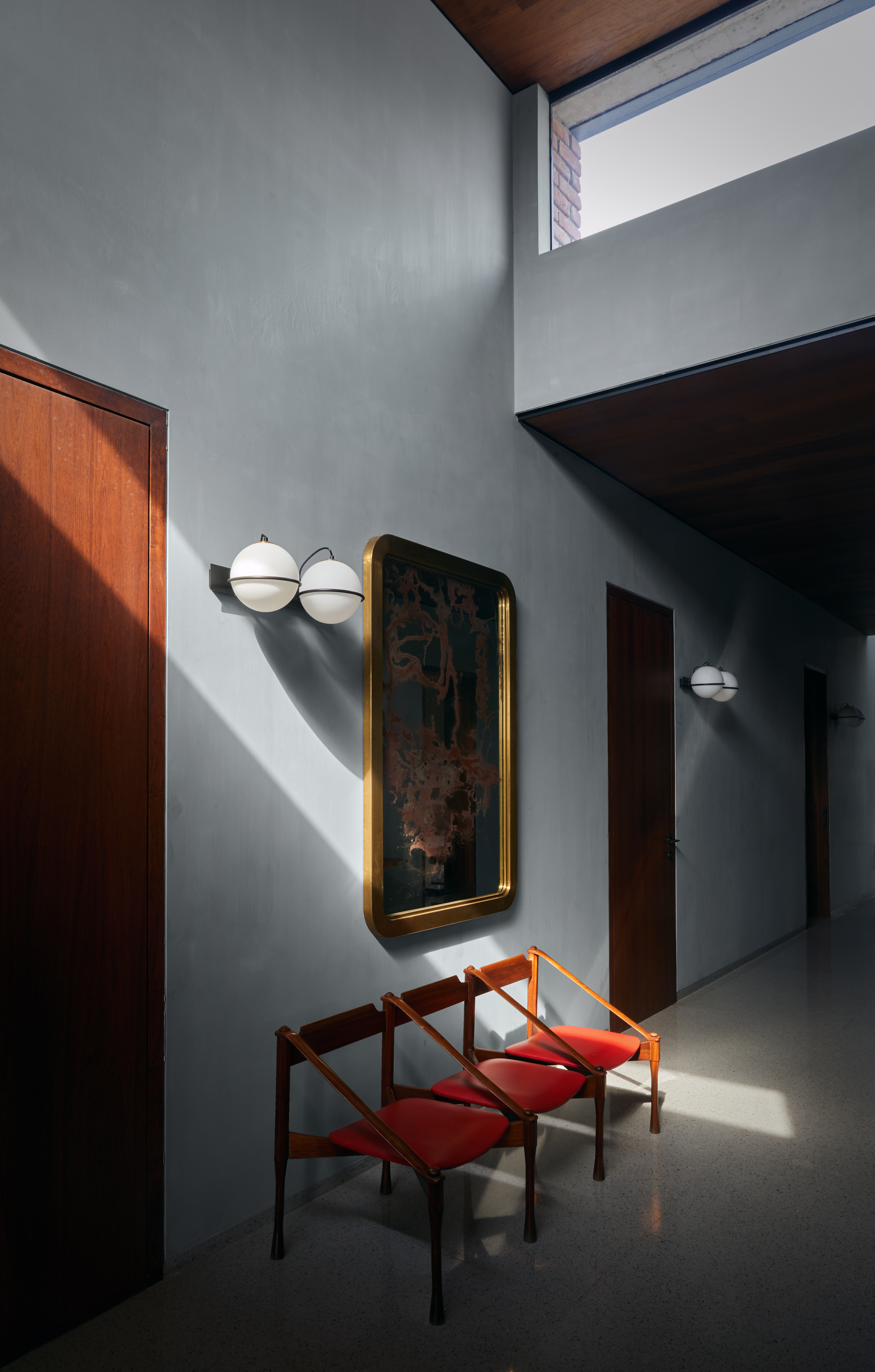
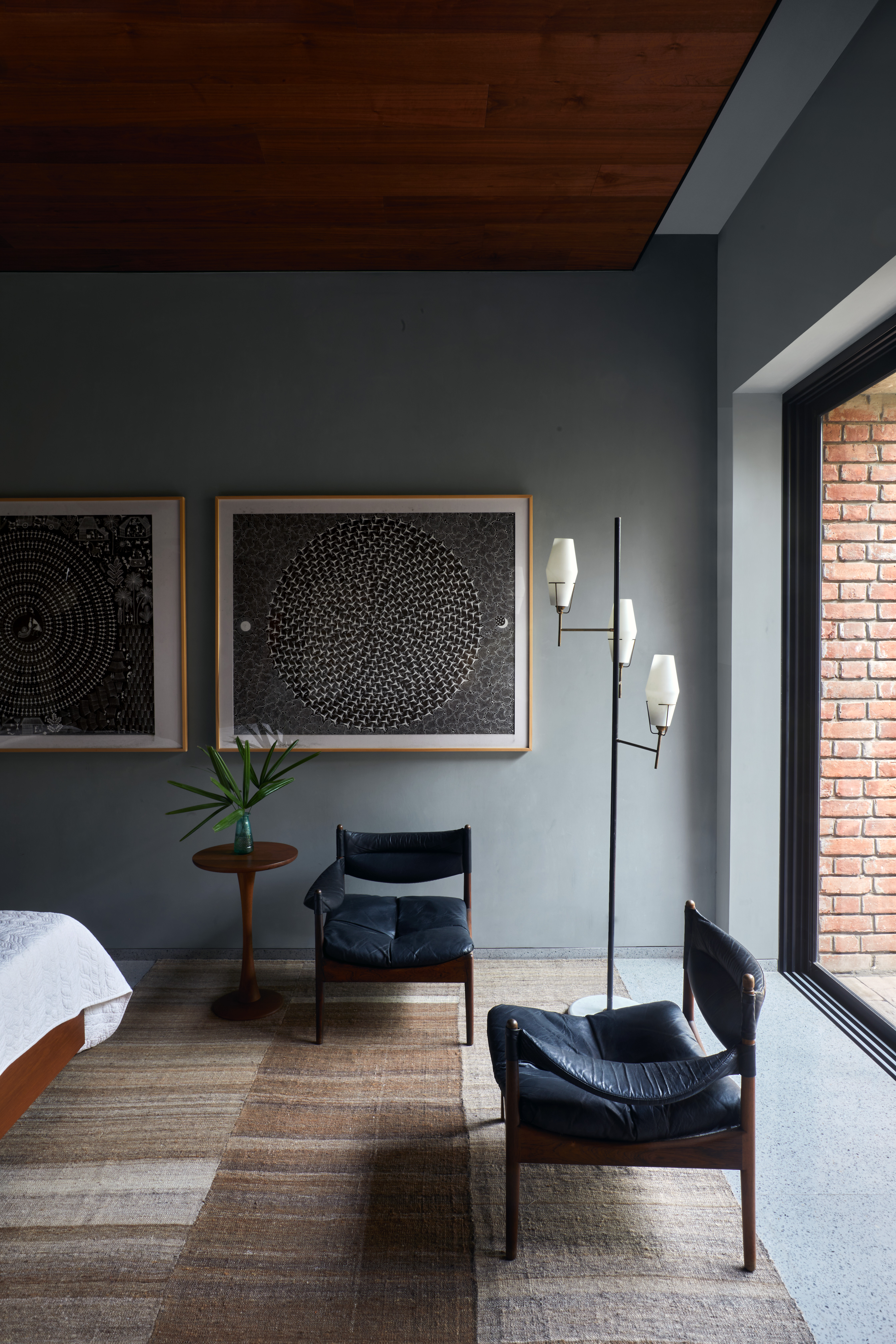
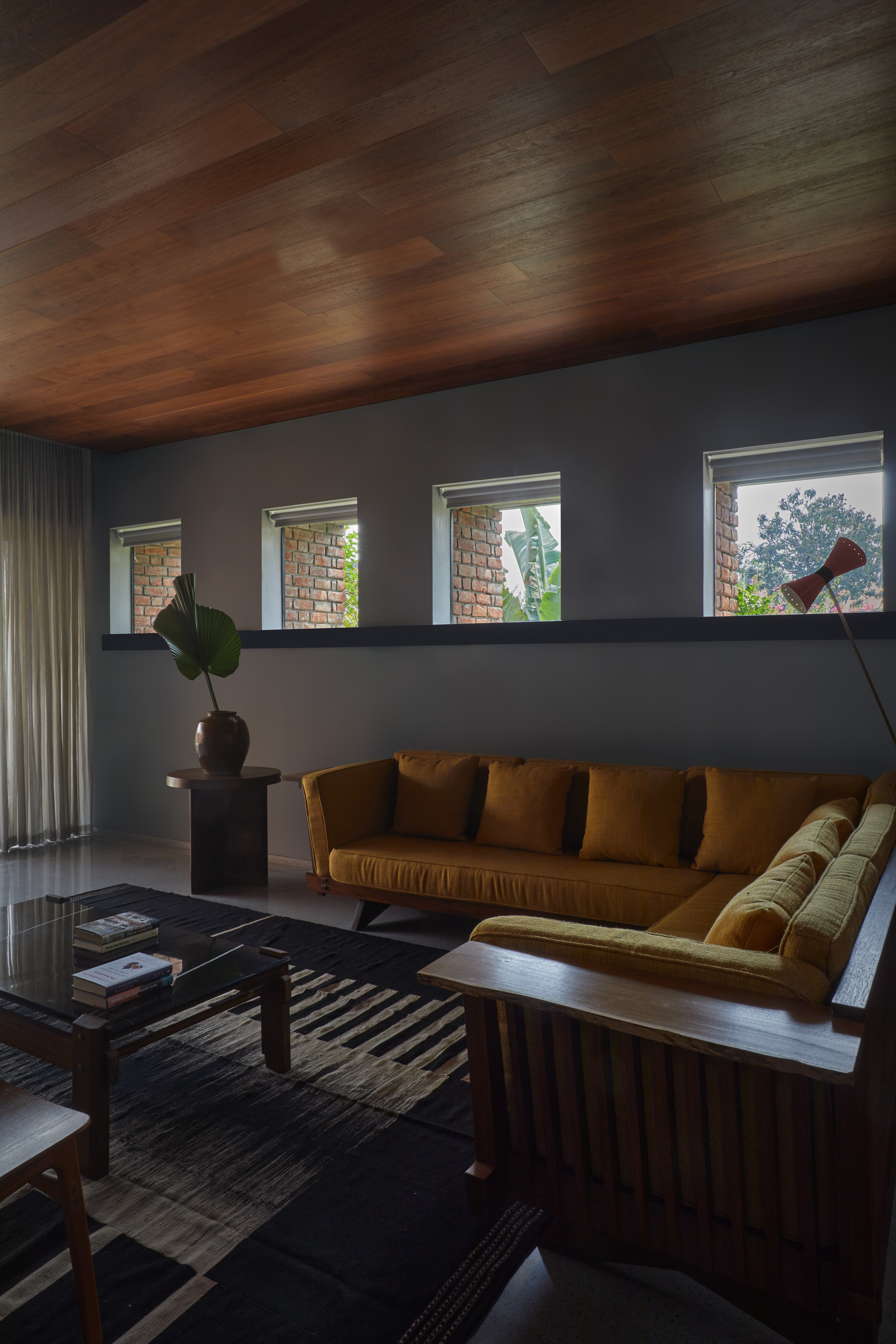
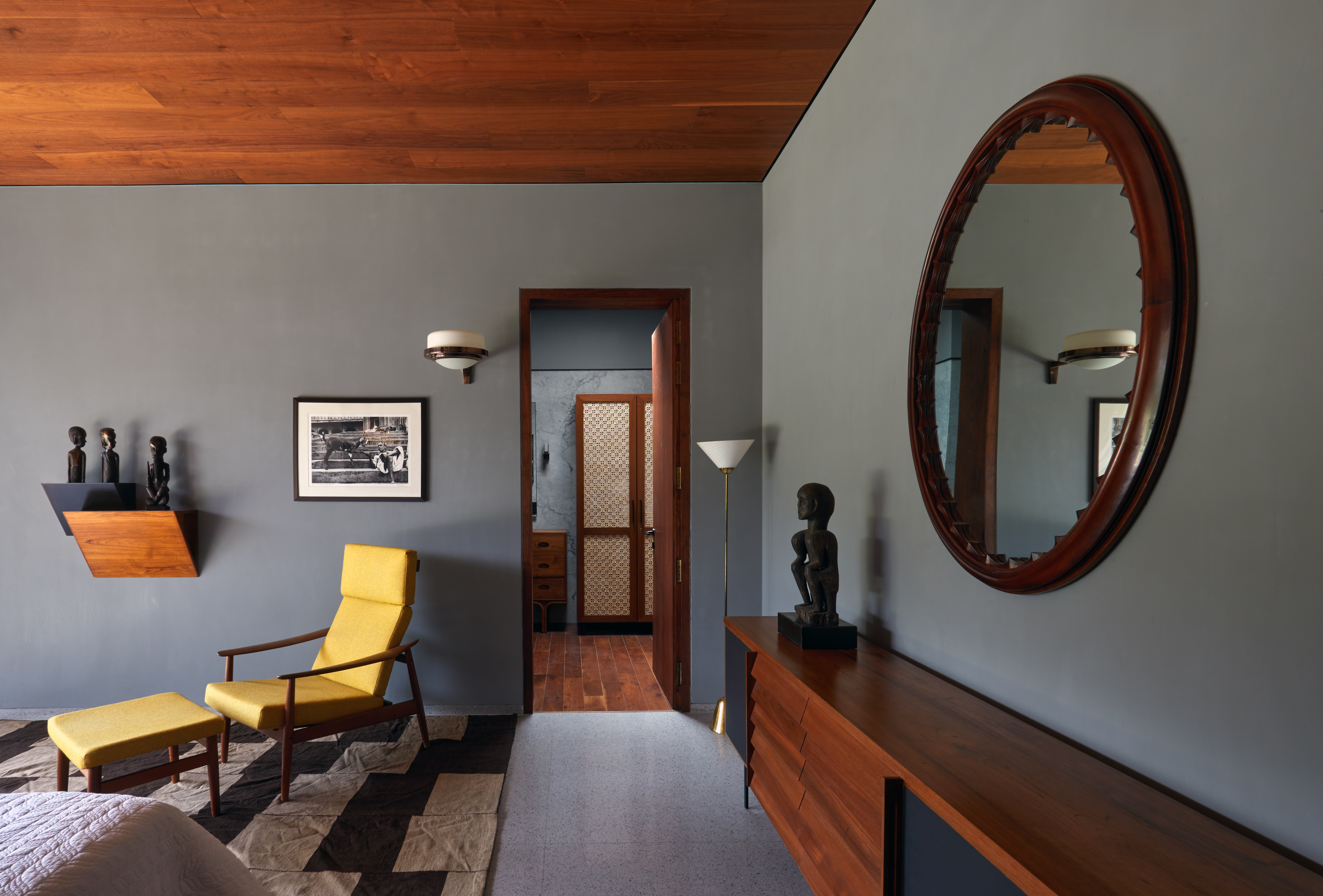
Receive our daily digest of inspiration, escapism and design stories from around the world direct to your inbox.
Ellie Stathaki is the Architecture & Environment Director at Wallpaper*. She trained as an architect at the Aristotle University of Thessaloniki in Greece and studied architectural history at the Bartlett in London. Now an established journalist, she has been a member of the Wallpaper* team since 2006, visiting buildings across the globe and interviewing leading architects such as Tadao Ando and Rem Koolhaas. Ellie has also taken part in judging panels, moderated events, curated shows and contributed in books, such as The Contemporary House (Thames & Hudson, 2018), Glenn Sestig Architecture Diary (2020) and House London (2022).
-
 Each mundane object tells a story at Pace’s tribute to the everyday
Each mundane object tells a story at Pace’s tribute to the everydayIn a group exhibition, ‘Monument to the Unimportant’, artists give the seemingly insignificant – from discarded clothes to weeds in cracks – a longer look
-
 Discover The Legacy, Hong Kong’s eye-catching new condo
Discover The Legacy, Hong Kong’s eye-catching new condoThe Legacy, by ACPV Architects Antonio Citterio Patricia Viel, is a striking new condo tower that aims to ‘create a sense of community and solidarity among people’
-
 In BDSM biker romance ‘Pillion’, clothes become a medium for ‘fantasy and fetishism’
In BDSM biker romance ‘Pillion’, clothes become a medium for ‘fantasy and fetishism’Costume designer Grace Snell breaks down the leather-heavy wardrobe for the Alexander Skarsgård-starring Pillion, which traces a dom/sub relationship between a shy parking attendant and a biker
-
 The Architecture Edit: Wallpaper’s houses of the month
The Architecture Edit: Wallpaper’s houses of the monthFrom wineries-turned-music studios to fire-resistant holiday homes, these are the properties that have most impressed the Wallpaper* editors this month
-
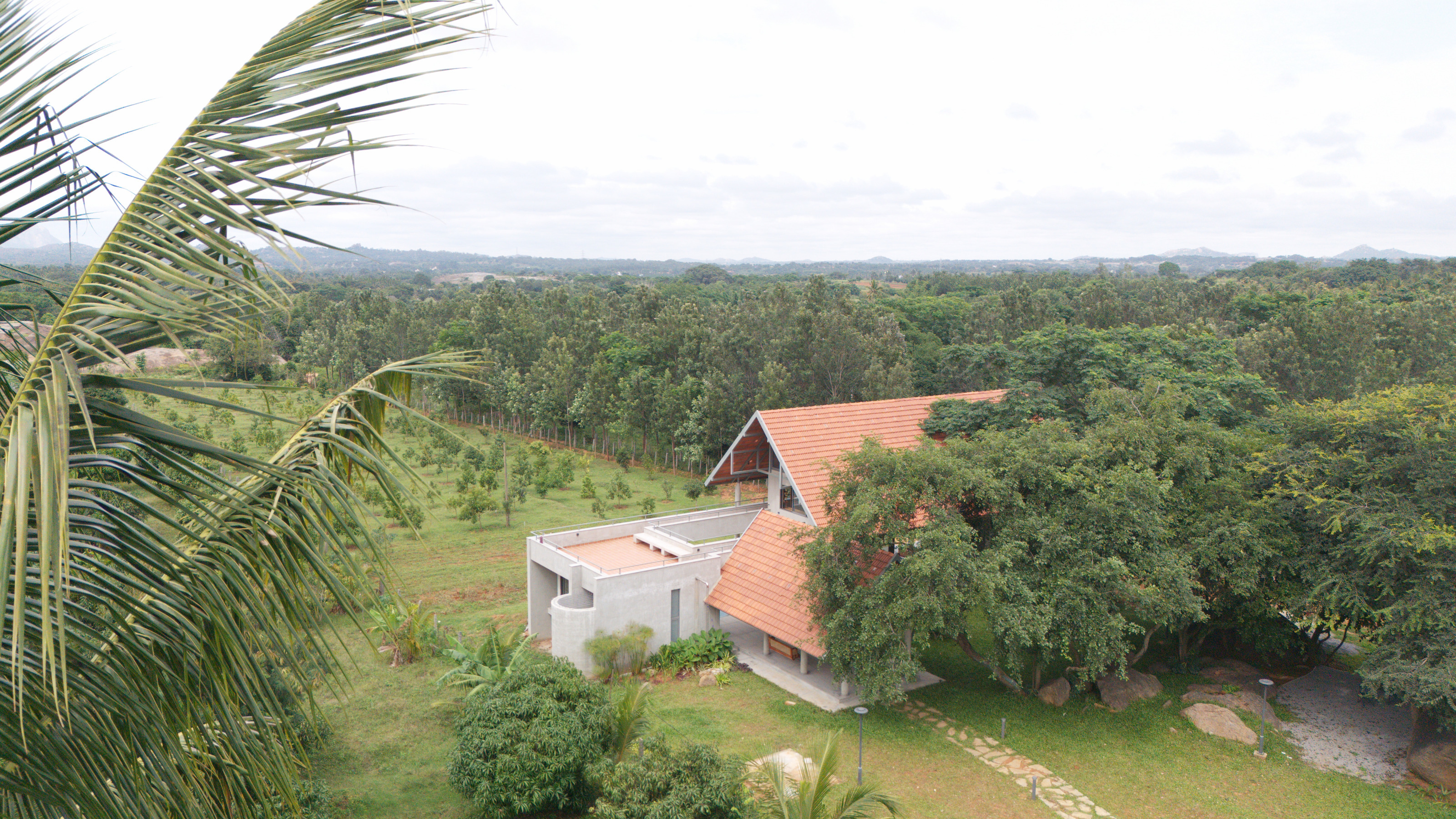 A refined Indian country residence reimagines the farmhouse
A refined Indian country residence reimagines the farmhouseSet among Karnataka’s rolling fields and forest, House by the Grove by Taliesyn Design & Architecture combines modern materials with an open approach to the elements
-
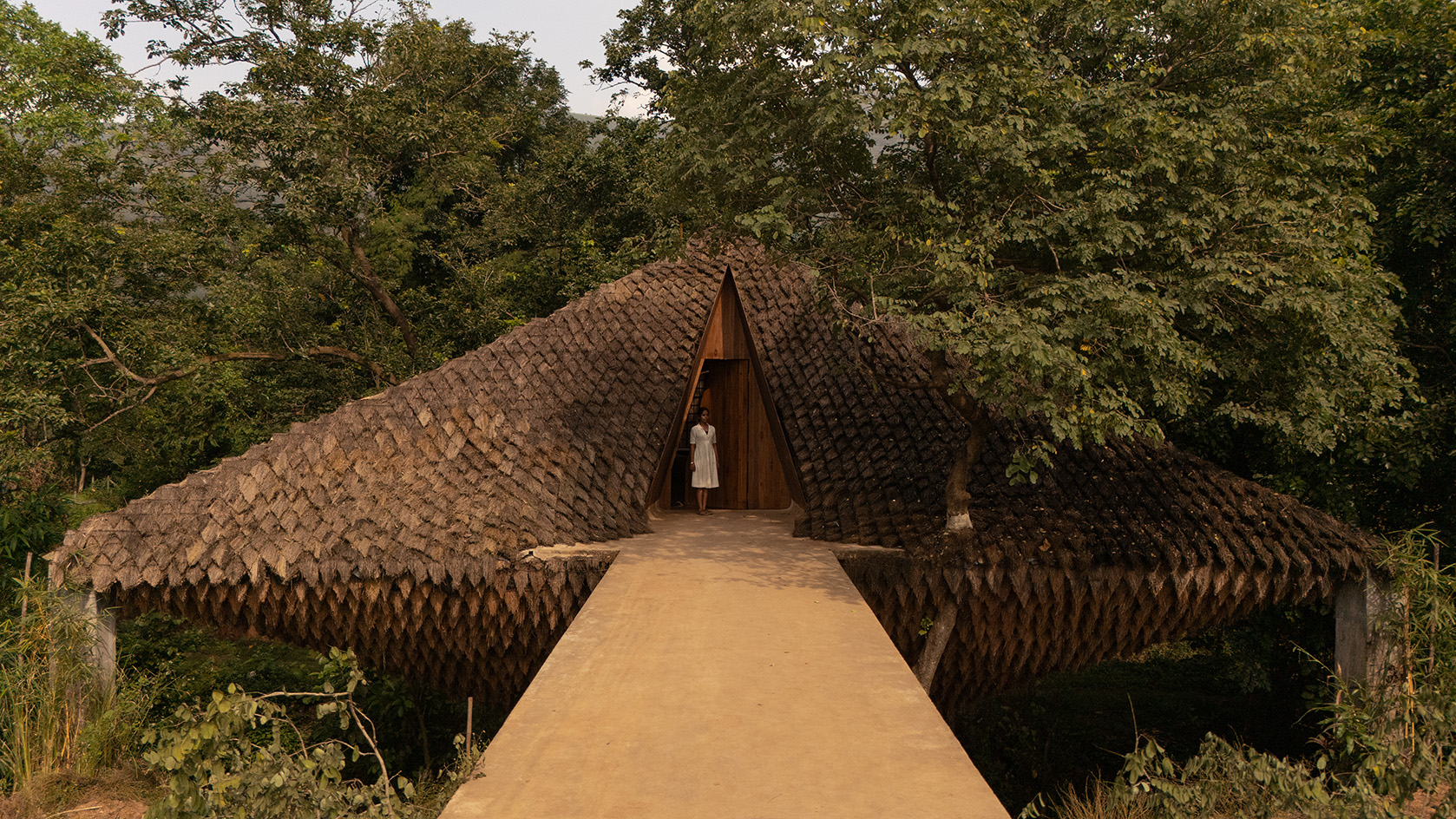 Half bridge, half home: Wallmakers’ latest project takes architecture to daring new heights
Half bridge, half home: Wallmakers’ latest project takes architecture to daring new heightsHovering above a forest stream in Maharashtra, Bridge House in Maharashtra, India pushes the limits of engineering and eco-conscious design
-
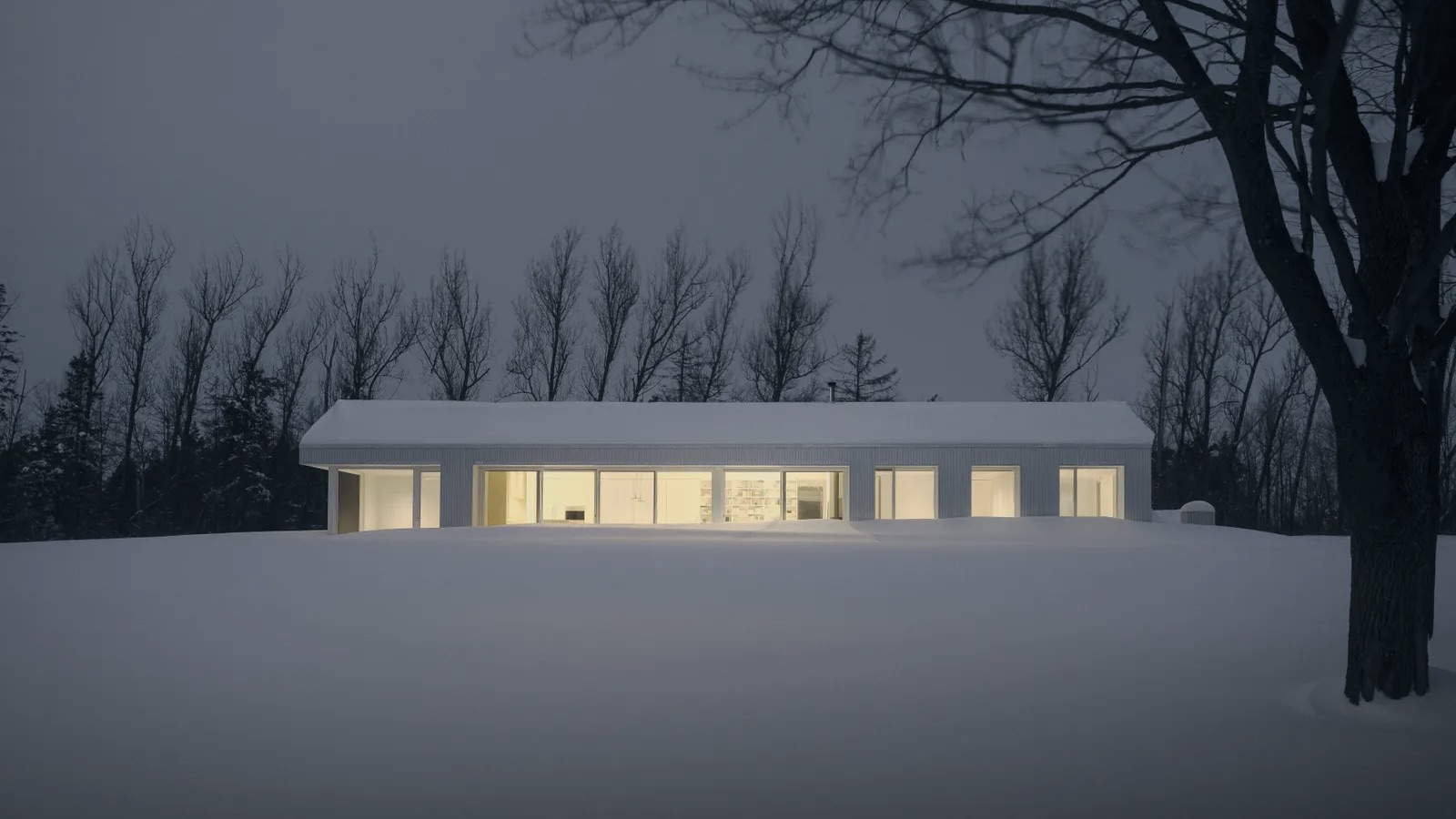 The Architecture Edit: Wallpaper’s houses of the month
The Architecture Edit: Wallpaper’s houses of the monthFrom Malibu beach pads to cosy cabins blanketed in snow, Wallpaper* has featured some incredible homes this month. We profile our favourites below
-
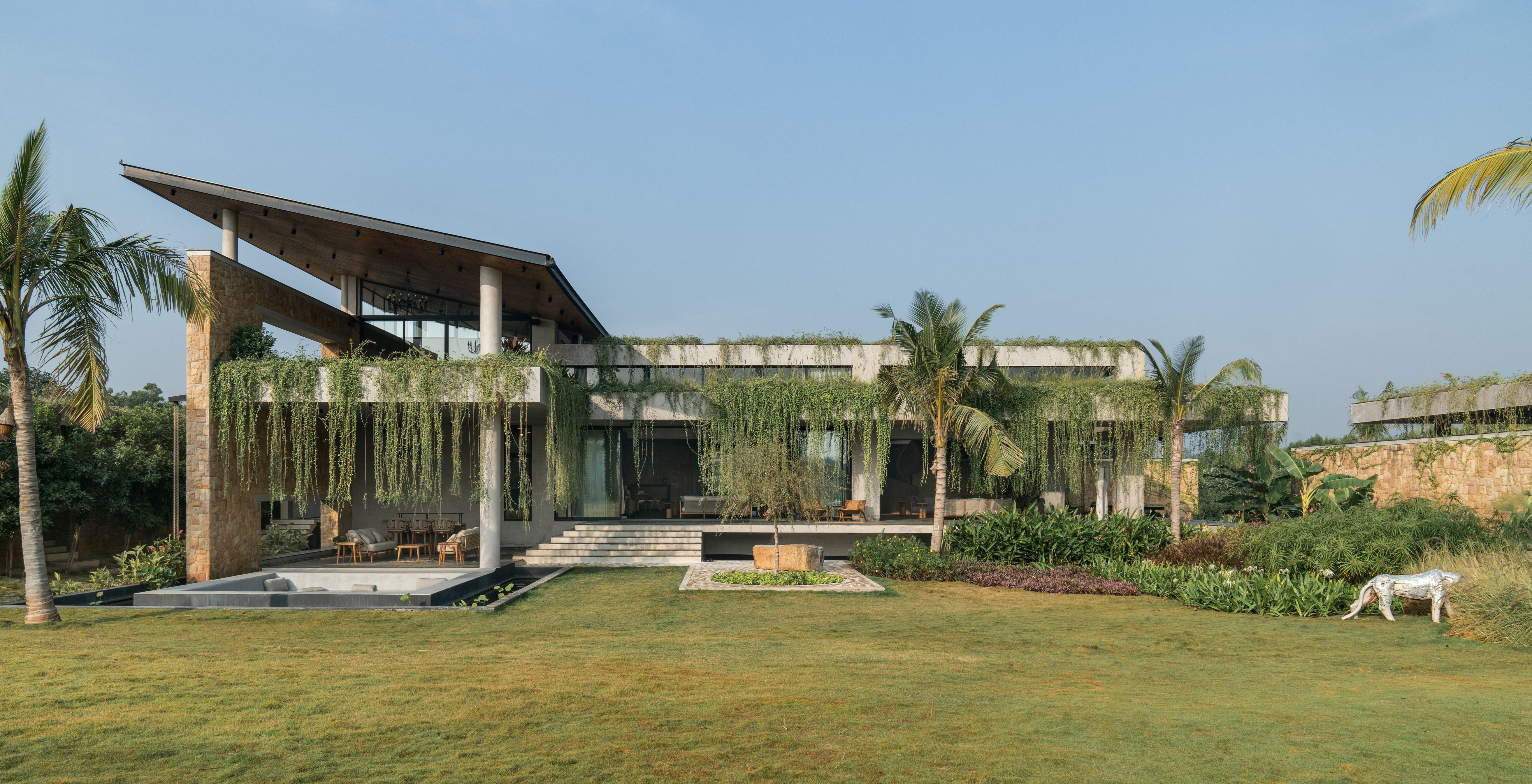 Cascading greenery softens the brutalist façade of this Hyderabad home
Cascading greenery softens the brutalist façade of this Hyderabad homeThe monolithic shell of this home evokes a familiar brutalist narrative, but designer 23 Degrees Design Shift softens the aesthetic by shrouding Antriya in lush planting
-
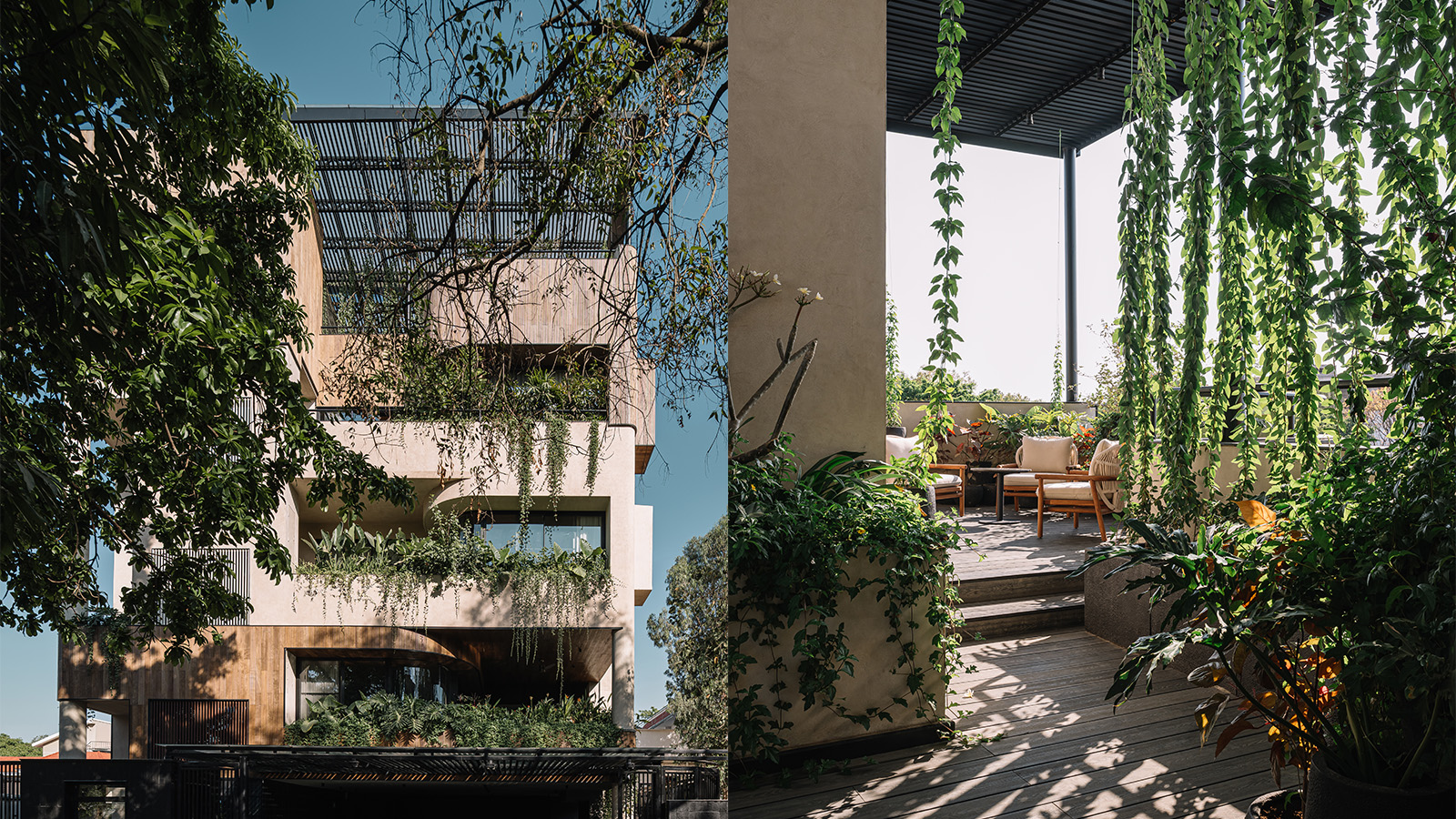 A lush Bengaluru villa is a home that acts as a vessel for nature
A lush Bengaluru villa is a home that acts as a vessel for natureWith this new Bengaluru villa, Purple Ink Studio wanted gardens tucked into the fabric of the home within this urban residence in India's 'Garden City'
-
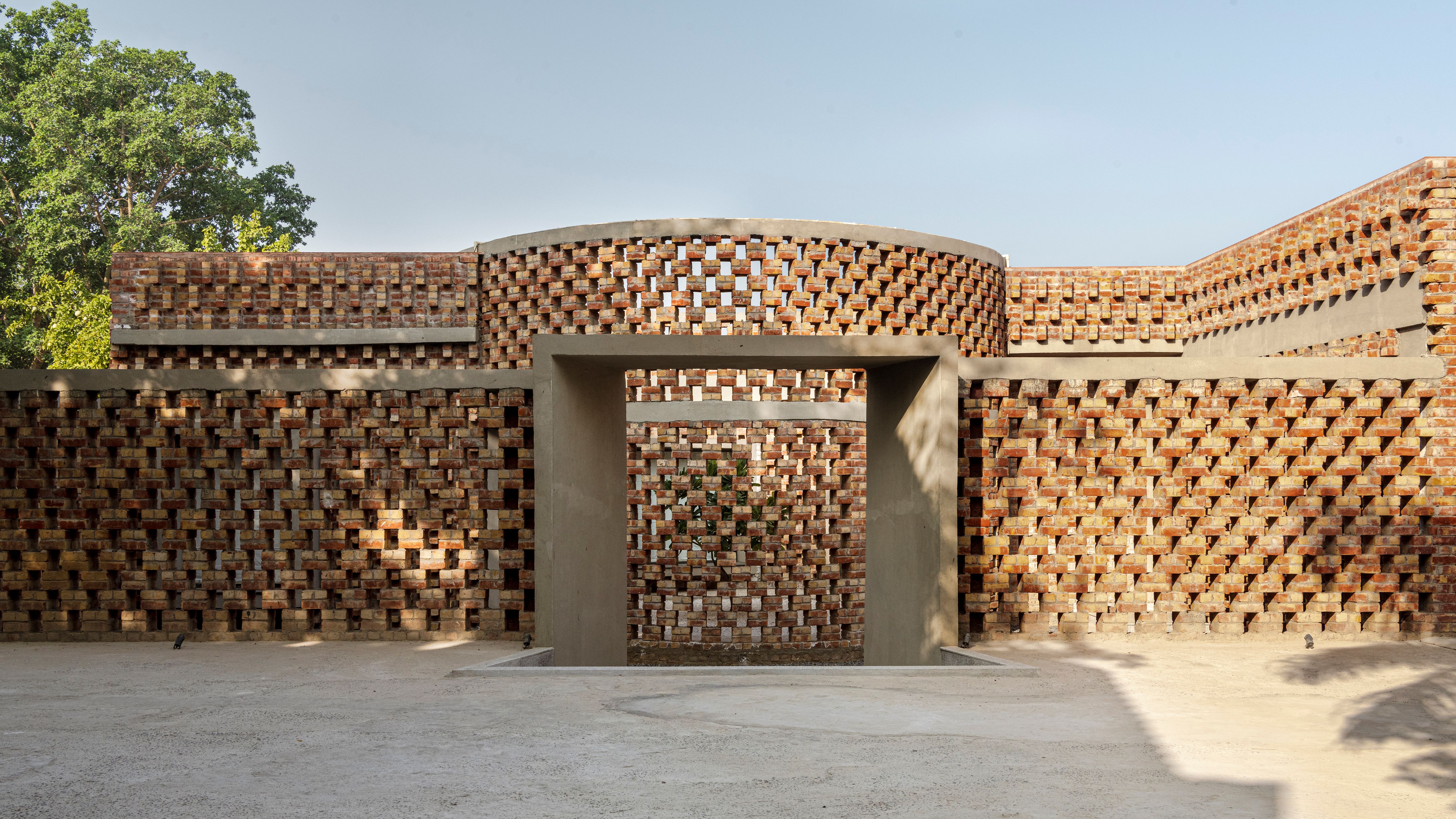 Brick by brick, a New Delhi home honours India’s craft traditions
Brick by brick, a New Delhi home honours India’s craft traditionsRLDA Studio's Brick House works with the building block's expressive potential to create a dynamic residence with a façade that reveals patterns that change with the sun and shadows
-
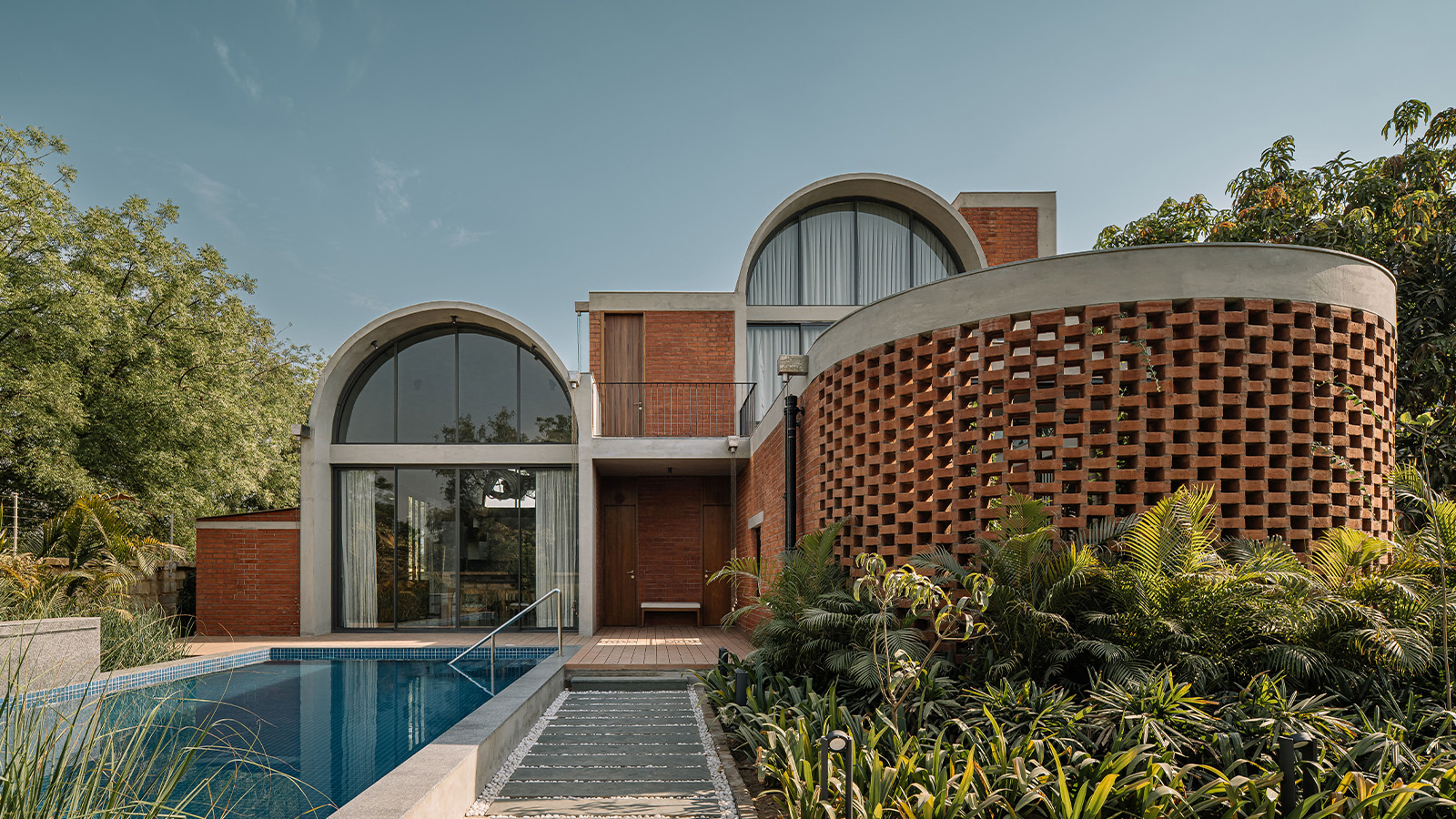 Surrounded by mango trees and frangipani, an Ahmedabad home is a soothing sanctuary
Surrounded by mango trees and frangipani, an Ahmedabad home is a soothing sanctuaryAhmedabad home Teen Vaults, designed by Vaissnavi Shukl, is a family residence grounded in materiality and bold architectural language